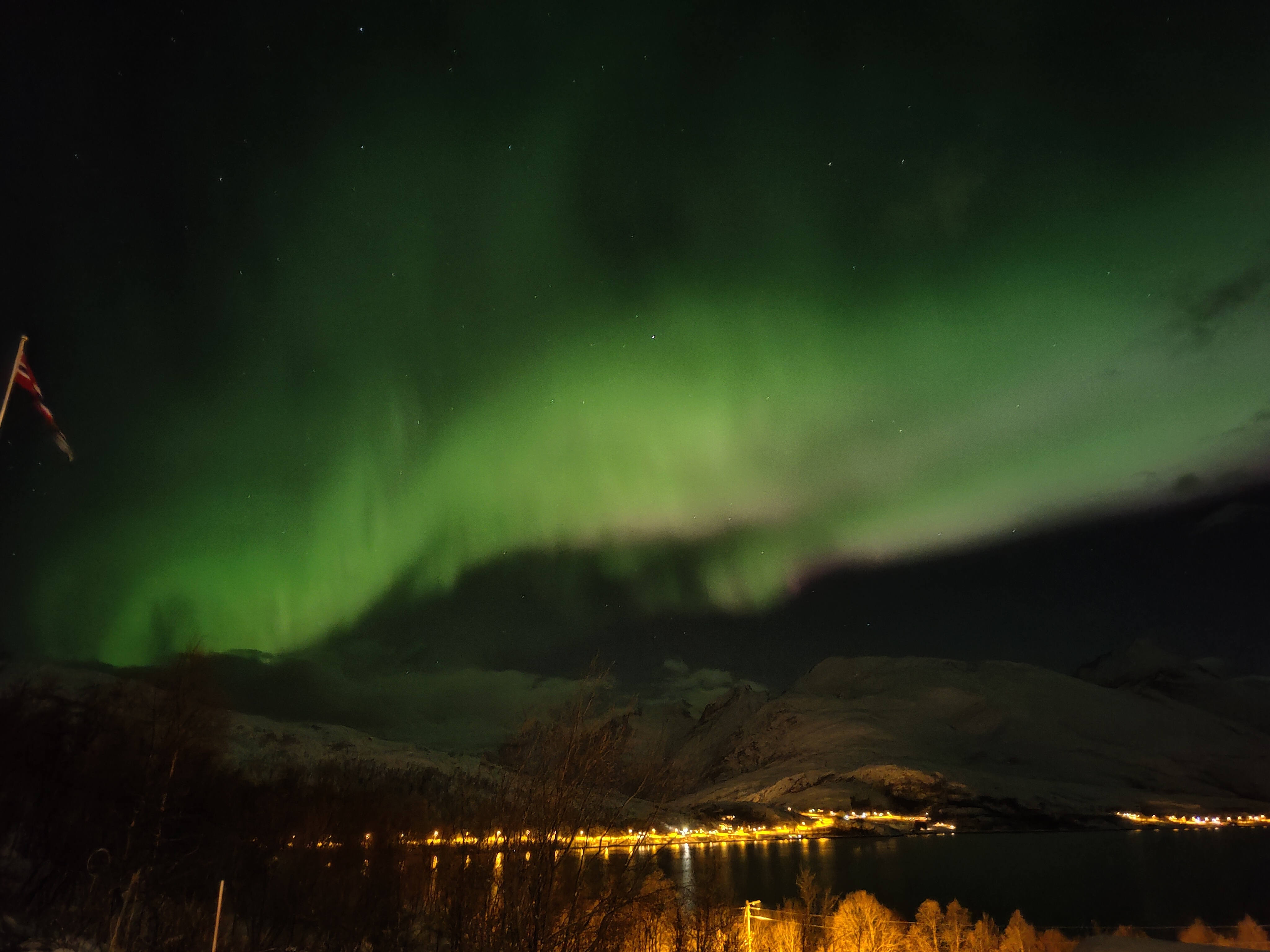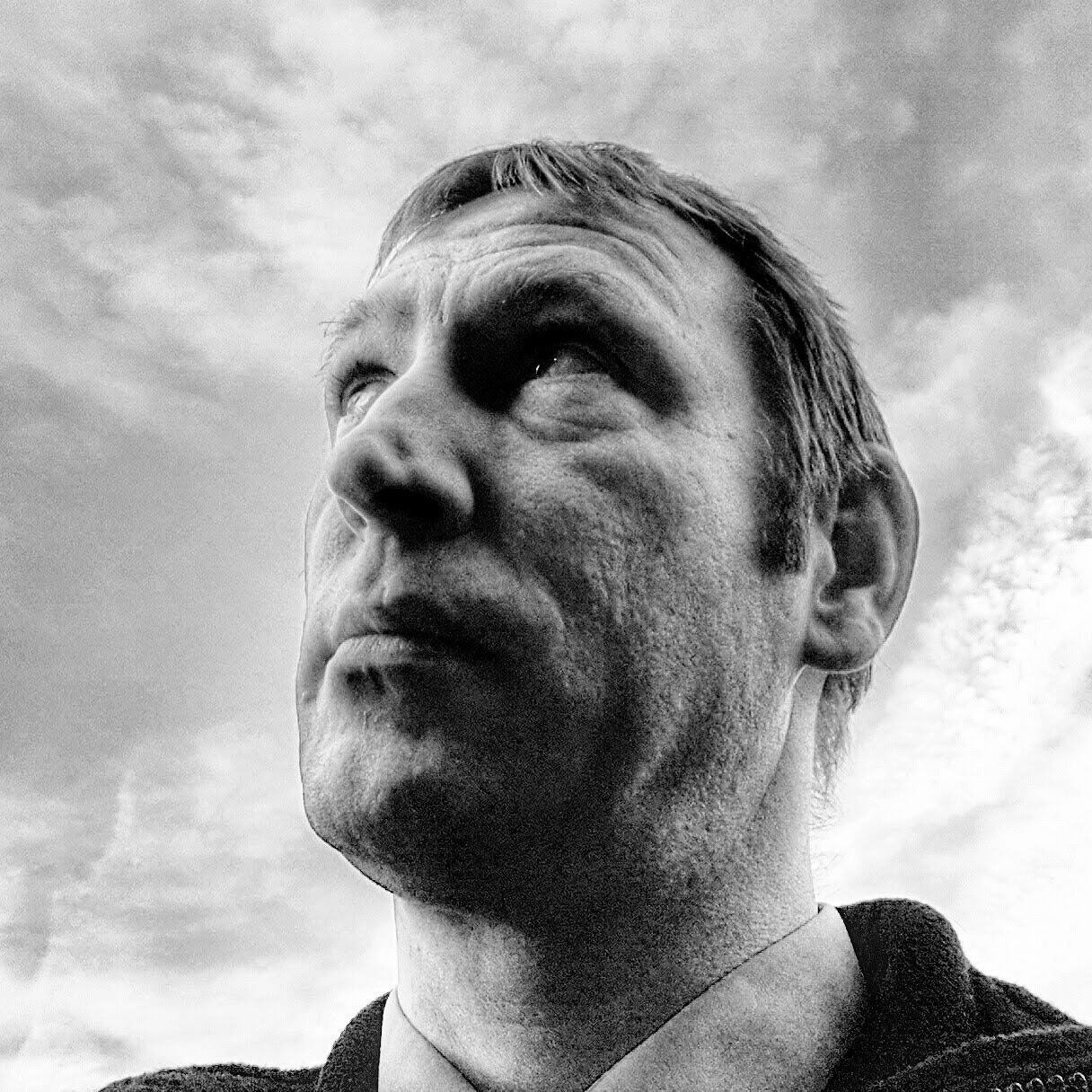My quick guess is that it is so dim, that our eyes are seeing it mostly with the rods (instead of the cones), which only see black and white. „In the night all cats are gray“
Wait… Did you really just use the Benjamin Franklin grandma pussy quote for this?
Oh. I didn’t know this was a thing. In my mother tongue (German) it is like a normal expression.
Nachts sind alle Katzen grau
https://de.wikipedia.org/wiki/Nachts_sind_alle_Katzen_grau
Apparently it was originally adapted from Don Quixote
I’m sure it is, it’s just because my first experience with it was through that letter, so now it’s ruined for me.
Excuse me the what now
https://en.wikipedia.org/wiki/Advice_to_a_Friend_on_Choosing_a_Mistress?wprov=sfla1
Learn and be scarred
every Knack being by Practice capable of Improvement.
Well he’s not wrong there!
From reading the text, I speculate that Franklin was alluding to the preexisting saying as well – alluding to the cat in the dark as an accepted axiom.
That would make sense, cleverly recontextualizing a regular saying. It would fit the tone of the letter to do that humorously
I think a better example probably would just be the night sky (at least in places with non-optimal conditions). Where I’m at there is very little color even when it’s clear enough to see galactic features (interstellar cloud/nebulae, clusters of dimmer stars etc).
It depends on how bright it is where you are.
When it’s very very dim your color sensing part of your eyes, which are less sensitive to light, don’t work. Only the black and white parts of your vision work.
Kind of.
Uhhhh, I saw them yesterday in northen* hemisphere in Europe and they waren’t white at all… So my guess would be that it depends from where you look at it ?
But in reality they are more dull than on pictures, because photographers use Long Exposure to make the color brighter than they actually appear.
Edit: Typo
A long exposure allows more of the light to be captured but that’s not the reason for the color discrepancy. They really are as colorful as they appear in photos but human night vision is primarily black and white. We just don’t see a lot of color unless it’s sufficiently bright and since auroras are still quite dim in absolute terms, our eyes aren’t capable of recognizing the full intensity of the color.
Hey thanks for the clarification :) ! I’m not a photographer nor educated enough in specific science domain.
I only pointed out what technique photographers use to make them appear so bright and colorful on pictures.
They really are as colorful as they appear in photos but human night vision is primarily black and white.
Does that even make sense? I mean, we are what we are, and we see what we see. There is noway that we could certainly know how they actually look like.
If a reptile looks at an Aurora Borealis, It would totally see it differently, and it’s perspective would differ from ours.
With a camera you can change alot of attributes to make it appear b/w, sepia, more light, rgb, cmjn, infrared, flash… But that doesn’t make it how they actually appear, I mean who is in charge to give the correct mixture of how much light, b/w, cmjn, rgb, infrared… to see the “real” manifestation ?
Personally, I think this is more a philosophical/metaphysic ¿? question, but I’m no expert in any of those subjects. I’m just relying on my personal experience and my feelings ^^.
Feel free to argument !
With a camera you can detect the actual RGB mix of the light regardless of the intensity of the light; our eyes can only detect the mix of colours if the intensity of the light is high enough
Uhhhh, I saw them yesterday in southern hemisphere in Europe.
Wait what? Surely something here has a typo, right???
Maybe the poles finally swapped? Lol
Tons of people sharing pictures on reddit from this event. Apparently a large solar storm has been happening.
The entirety of Europe is all in the Northern hemisphere, bro.
Corrected !
Maybe including overseas territory?
In my experience the aurora borealis is always green. I live in the north of Sweden.
It depends on which part of the atmosphere reacts. Pink/purple/red is also possible.
Never in my life have I seen that where I live, but I have seen that in footage from other parts of the world, yes.
It was green when I was in the north of Norway.

This was taken with my phone.
https://www.youtube.com/watch?v=VtIJG40WKT4
The red parts are rarer and harder to see. Especially with the naked eye.
The red parts are rarer and harder to see. Especially with the naked eye.
The red parts were very visible last night, and I found their colour much easier to see with the naked eye than the green parts ever are.
At which latitude are you situated?
59°N, northern Scotland.
Thank you! What’s it like normally where you live? What colors are the Arora normally?
I would usually describe it as grey. There have been a few times where a sunset or the moon have provided some contrast, causing the greenness to become slightly noticeable. Last night was the first time I’ve seen such an obvious pink.
Sadly it doesn’t get dark enough here at this time of year, so my family down south had a better view.
Here is an alternative Piped link(s):
https://www.piped.video/watch?v=VtIJG40WKT4
Piped is a privacy-respecting open-source alternative frontend to YouTube.
I’m open-source; check me out at GitHub.
Do you live in a predominantly white neighborhood?
Because it’s travelling backwards in time. That’s why it appears in black and white. You’re only seeing the past version of it.
Lol I like it
It’s the green parts that look white / grey. I believe it’s more of an illusions - if you have something to contrast it with, such as the moon, you can start to see a slight green tint. The pink I saw last night was very noticeable though.
Rods are more sensitive to light than cones. This is why in low light, colors appear muted. In this context, photographers can adjust the length of exposure to get an image that is more colorful than what our eyes can perceive. Really depends on how bright the aurorae are which can be affected by various factors such as light pollution, solar wind speed, and latitude.
I live too far south to see it but my understanding is that at different layers of the atmosphere, the stellar material interacts with different elements. So, it gets green or pink or whatever depending on how deep it goes.
Wait, that’s what that white thing was? I thought that was a cloud.











